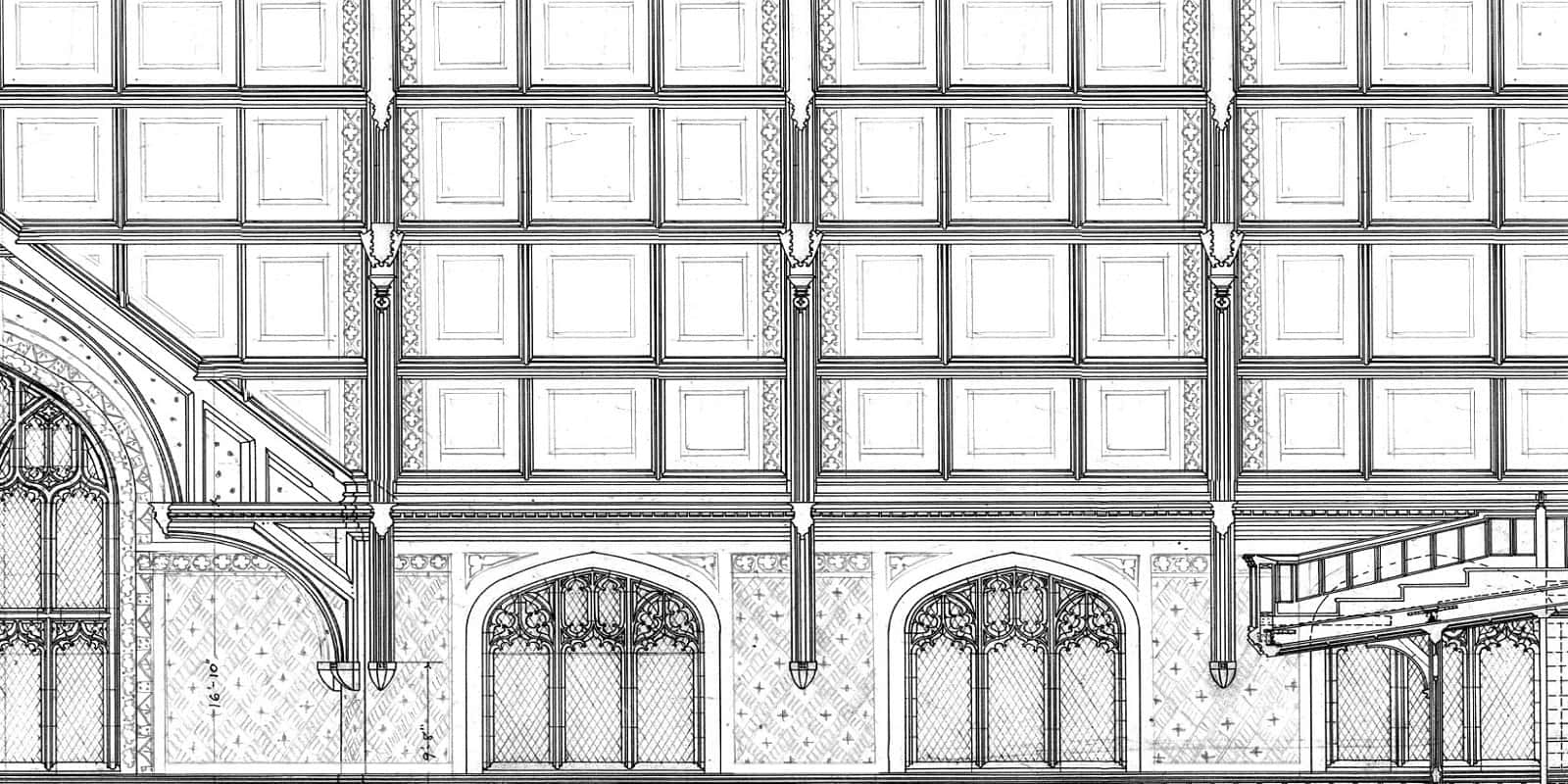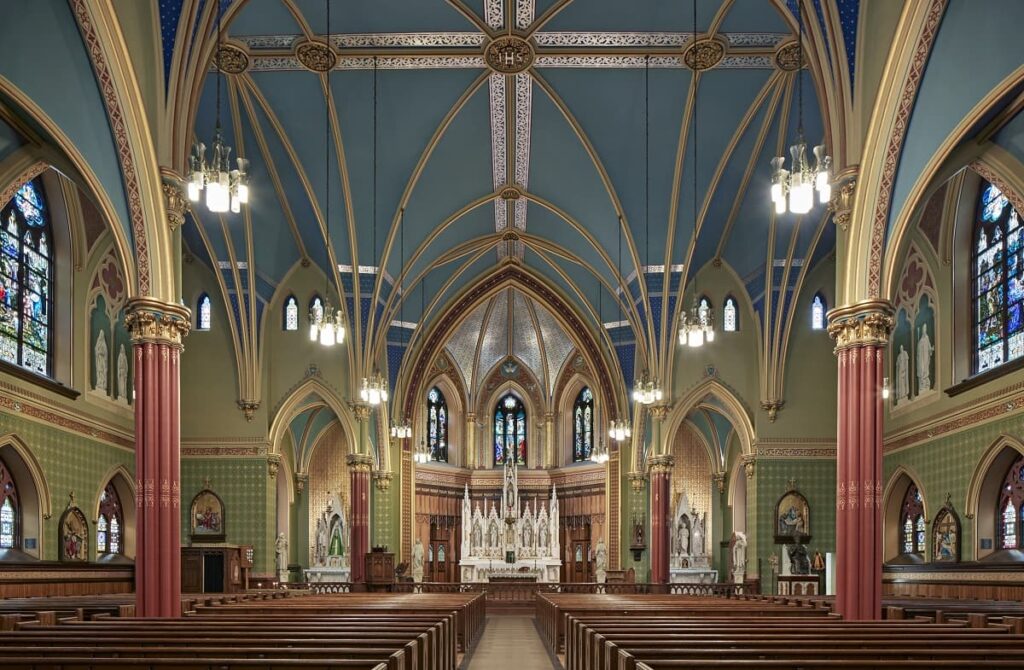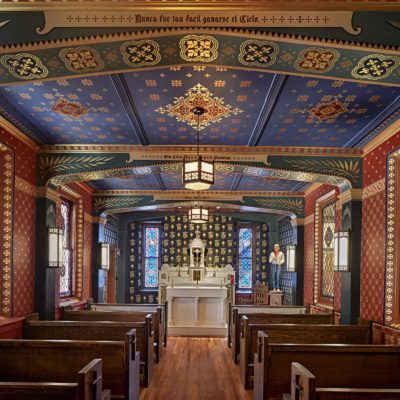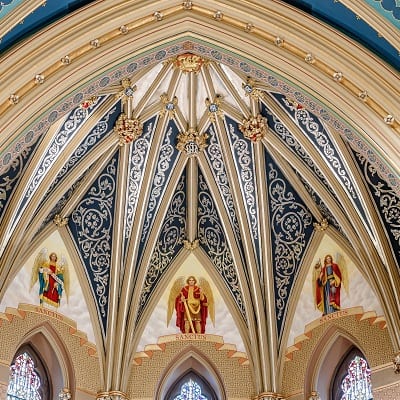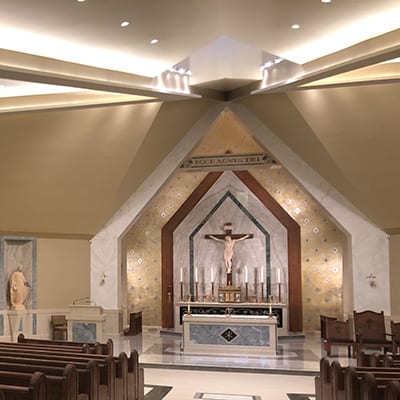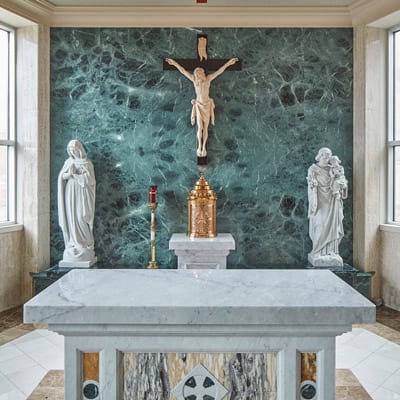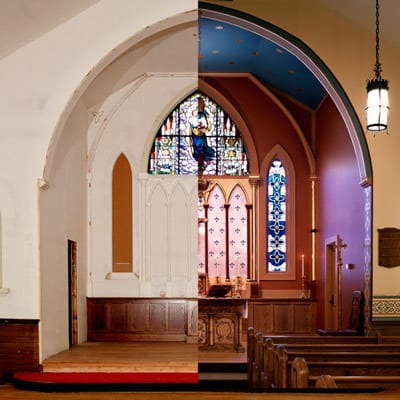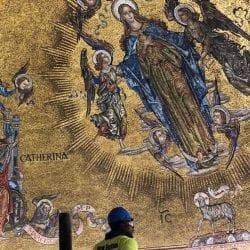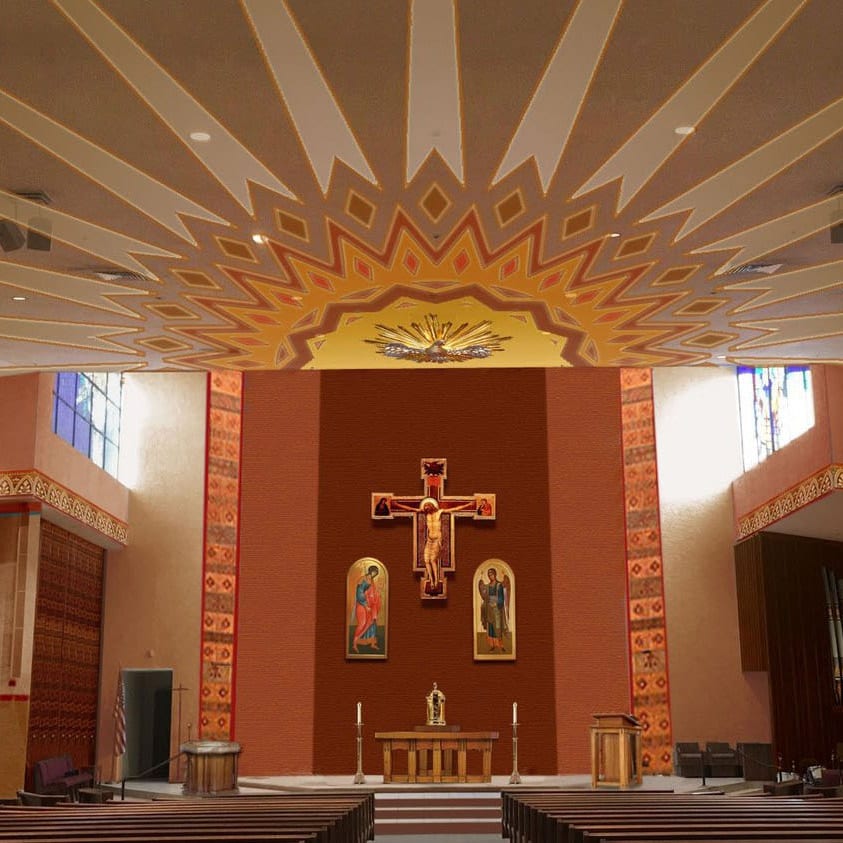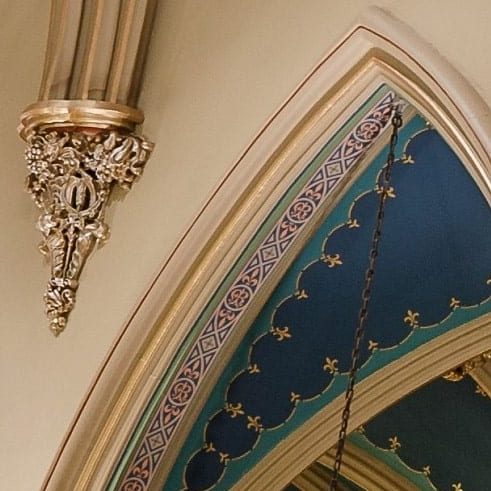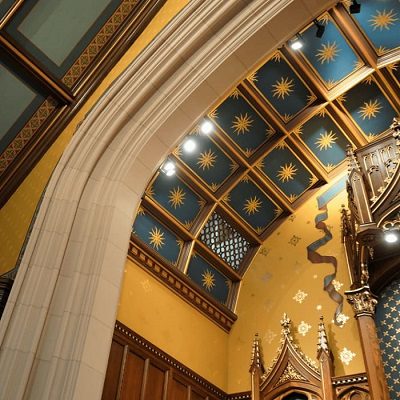In a world of polarizing contrasts and inconsistencies we are continually forced to choose between things that are fundamentally contrary but are argued to be of equal substance and value. When this method of relativism is applied to architecture, art and decoration, the results are not only ugly but also affect society negatively on a daily basis.
Most will agree that the environment in which one exists must possess certain positive qualities in order to create the conditions for success. On both the individual and societal level, the health of the natural, work and social environments are regularly analyzed and critiqued. Society, in general, seeks harmony and balance in these spheres. However, when considering the built environment as it pertains to architecture and design, the modern principles are primarily utilitarianism or shock value often achieved by disrupting harmony and balance.
It would seem that these design methods would have a negative effect on the human environment. Afterall, human beings are not machines and require enjoyment, pleasure and relaxation to offset pure work and reward. Additionally, humanity responds better to awe than shock; awe promotes inspiration while shock, by its nature, prompts anxiety. At this point, without discussing any particular style of design, one might come to the conclusion that some designs are objectively better than others. However, this statement in our modern day has been diagnosed as an opinion and given the prescription to be more open minded. Since our time insists on debating truth, we are constantly imposed upon to question ourselves.
Is it possible to argue that both the New York Public Library and the New York Times building are not only of equal beauty but also offer equal substance to the community based on their appearance? Is there a right or wrong answer? If there is no right answer, why do more tourists visit the New York Public Library just to observe the structure than the New York Times building?
The average person on the street is not a trained expert in design or architecture, color theory or proportions. However, all people are naturally perceptive and are conditioned to compare construction to the proportions of the natural world. For a design to be harmonious and pleasing, the composition cannot confuse or distort the proportions of the natural environment which is perfectly balanced and harmonious. Good design follows this model and offers the viewer repose.
In this case, the built environment, inspired by the natural environment, is the place in which our social, work, worship and private environments are contained. Not unlike an orchestra performing a piece of classical music, these different environments are no longer regarded as isolated elements but come together as one in perfect harmony.
When buildings are constructed with purpose and beauty, both those who frequent the building and those who walk by benefit from its existence. This is simply because beauty is not subjective. Beauty is for all people, edifying rich and poor, young and old. Proper design requires no descriptive plaque to explain why it is beautiful, it just is. Such beauty is preserved not by restoration alone but also by new design powered by creativity and craftsmanship. The current approach to the built and subsequently decorated environment must be brought about and the focus redirected on restoring beauty to our communities for the betterment of our society.

